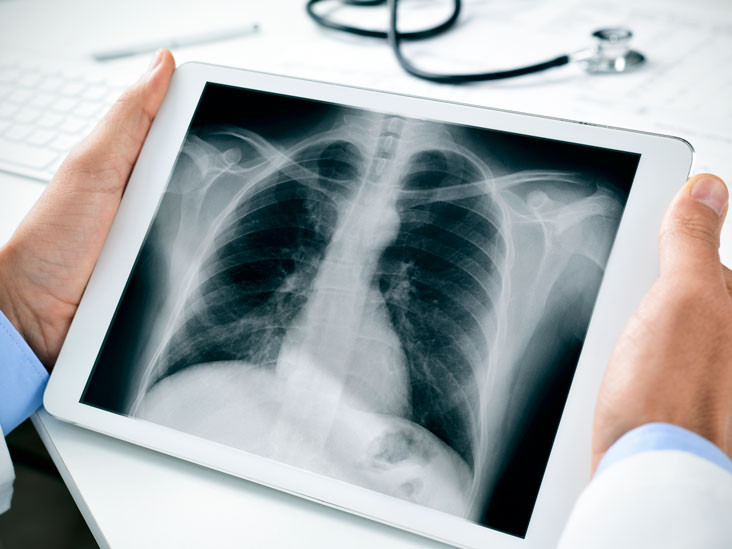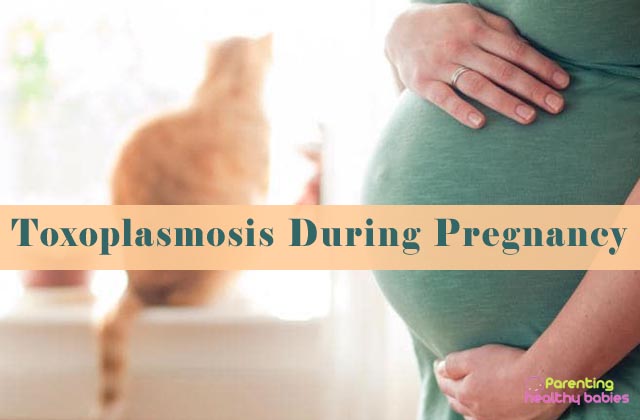Starting with fraternal twins, first let’s see what twins are? Twins are two offspring which are produced by the same pregnancy. They account for over 90 percent of multiple births.They are of two types monozygotic or identical meaning that they develop from one zygote that splits and forms two embryos with exactly the same genetic information and dizygotic or fraternal meaning that each twin develops from a separate egg and each egg is fertilized by its own sperm cell with two genetically unique children.
In This Article:
Difference Between Fraternal and Identical Twins
How Do Dizygotic Twins Fit?
How are Fraternal Twins Formed?
What Increases the Chances of Fraternal Twins?
What Do Dizygotic Twins Look Like?
Development of Fraternal Twins
What are the Risks of Having Dizygotic Twins?
Facts about Fraternal Twins
Fraternal twins or dizygotic twins or non-identical twins are developed from separate fertilized ova which are genetically distinct and not necessarily of the same sex. They occur when two fertilized eggs are implanted in the uterus wall at the same time. When two eggs are independently fertilized by two different sperm cells they result in fraternal twins. Hence, the two eggs or ova form two zygotes known as dizygotic twins. These twins are two ordinary siblings who happen to be born at the same time, since they arise from two separate eggs fertilized by two separate sperm, just like ordinary siblings. These are most common type of twins and do not share the same genes.
Difference Between Fraternal and Identical Twins
- When two separate eggs (ova) are fertilised by two separate sperm which result in fraternal or dizygotic twins. These twins will be no more alike than siblings born at separate times. The twins can be either the same sex or different sexes. Around two in three sets of twins are found fraternal.
When one egg with a sperm is fertilised which result in identical or monozygotic twins. Around one in three sets of twins is identical.
- Fraternal twins are two separate fertilised eggs, they usually develop two separate amniotic sacs, placentas and supporting structures.
Identical twins may or may not share the same amniotic sac, depending on how early the single fertilised egg divides into two.
- Fraternal twins are caused by hereditary predisposition, fertility drugs and other factors.
Identical twins have no specific cause.
- Fraternal twins develop separate sacs in utero.
Identical twins may be contained in one sac in utero.
- Fraternal twins have lower risk of twin-to-twin transfusion syndrome.
Identical twins have higher risk as compared to fraternal twins.
How Do Dizygotic Twins Fit?
Di means two and zygote means fertilised eggs. These twins have two different amniotic sac in the womb. They also have separate placenta. Medically they are called as being dichorionic-diamniotic. These two different sacs ensure that equal chances of survival for the twins.
How are Fraternal Twins Formed?
In this pregnancy, the first step that occurs is two eggs or ova are fertilised by the same sperm and produce two genetically different foetuses. They share half of the DNA that is 50%.
Fertilization
Menstrual cycle is controlled by hormones secreted by the ovaries and a small gland in the brain called the pituitary. The average cycle is about 28 days. After a menstrual period, there is a rise in levels of the hormone oestrogen help thicken the lining of the womb (the endometrium) and release an egg from one of the ovaries (ovulation). If the egg is fertilized down the fallopian tube, it lodges in the thickened womb lining and start dividing which evolves into an embryo.
Zygosity Testing
At the time of birth, it is difficult to tell if twins are fraternal or identical. One method is by doing DNA testing, in which identical twins share the same genetic information while fraternal twins share around half.
If twins are a boy and a girl, they are fraternal twins, as they do not have the same DNA. A male (boy) has XY chromosomes and a female (girl) has XX chromosomes. So, girl boy twins occur when one X egg is fertilised with X sperm and Y sperm fertilises the other X egg.
Sometimes, doctors identify same sex twins as fraternal or identical based on ultrasound findings or by examining the membranes at the time of delivery.
Gestation for Twins
The normal period of gestation is around 40 weeks for single child. However, for twins either identical or fraternal it is usually around 38 weeks. This shorter time is because of the increased demands on the mother’s body and the inability of the babies to receive all the nutrients they need in utero. Since twins are usually premature, so they are more likely to have lower birth weights.
What Increases the Chances of Fraternal Twins?
According to researchers having twins depends largely on the mother’s genetic side and if they are fraternal twins, then the chance of having them are higher.
- Advancing age of the mother – women in age of 30-40 years have higher levels of the sex hormone oestrogen than younger women, which means that the ovaries are stimulated to produce more than one egg at a time.
- Number of previous pregnancies – the more the number of pregnancies a woman has already has, the higher the chances of conceiving twins.
- Heredity – A woman is more likely to conceive fraternal twins if she is a fraternal twin, has already had fraternal twins or has siblings as fraternal twins.
- Race – Black African women have the highest incidence of twins as compared to Asian women have the lowest.
- Women with BMI over 30 – are more likely to have twins than the ones with a healthier BMI.
- Taller than the average women – are more likely to have twins. According to a study while the average women who were 164.8 cm were more likely to conceive twins as opposed to a woman who is 161.8 cm.
- Breasting women – These are more likely to have twins than women who don’t. According to a study the rate twins to be 11.4% amongst breastfeeding women as compared to non-breastfeeding women for just 1.1%.
- Assisted reproductive techniques – many techniques rely on stimulating the ovaries with fertility drugs to produce eggs and often several eggs are released per ovulation. Fertility treatments boost ovulation which lead to twins.
What Do Dizygotic Twins Look Like?
They share 50% of DNA, they look similar just like any other siblings. It is completely controlled by chromosomes.
Development of Fraternal Twins
A fraternal twin pregnancy week by week can be divided into early and later development.
Early development – In the first 8 weeks of fraternal twin pregnancy each fertilised egg has started developing into hundreds of cells having layers, attached to different sides of the womb. They have their own amniotic sac and start to develop body parts and organs. By 8 weeks they have arms and legs developed, hearts beating and nervous system start developing.
By 12 weeks they start kicking and stretching, the fingernails start growing and eyelids over the eyes. By 16 weeks well developed fingerprints are seen. They also start peeing out the amniotic fluid that is swallowed by them. By 20 weeks they start getting hair.
Later development – By 24 weeks eyebrows start to grow. By 28 weeks the twins can open eyelids, layers of fat are building under the skin. By 32 weeks the twins are fully formed.
What are the Risks of Having Dizygotic Twins?
- Low birth weight
- Intrauterine growth restriction
- Pregnancy induced hypertension
- Gestational diabetes
- Miscarriage
- Premature birth
Facts about Fraternal Twins
- They develop from two separate eggs and sperm
- They can be different sexes or the same
- They are only as genetically similar as any other siblings
- They may or may not look and act alike
- They have two placentas
- They can run in families
- They can be conceived at different times and by different fathers called superfetation
- Fraternal twinning rates vary across populations
- They can be the result of fertility treatments
- Pregnancy factors can affect fraternal twins
Conclusion
Fraternal twins are formed when two eggs are fertilised by two sperm and produce two genetically unique children. They share half of the same DNA.













